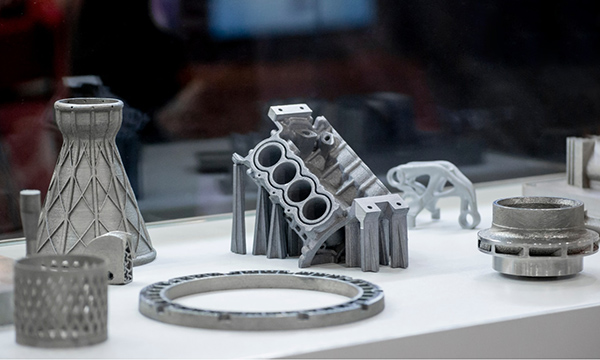Have you ever wondered why 3D printing is now affordable more than ever and is now being used by mainstream manufacturers? When if you are in the production business, you might be wondering, should I join the bandwagon?
Well, if you are thinking about making that significant leap, here are some vital things that you will need to familiarize yourself with. 3D printing has come a long way since dot matrix or daisy wheel printers. The modern printing is much more advanced compared to traditional or conventional printers.
The modern machines are much more advanced as they print prototypes/products in 3 dimensional and can also work on a wide range of materials. The original 3D printers were very big and bulky, but thanks to technology the size and power of the machines have tremendously changed.
Currently, on the market, the machines are found virtually anywhere, from large scale retailers to the online site and even your corner shop, 3D printers are becoming more accessible now more than ever.
Definition of 3D printers
One of the simplest definitions and description of 3D printing is a manufacturing process whereby a product or material is creating by adding layer by layer until a three-dimensional product is formed.
3D printing is an additive manufacturing process as the product/prototypes are created from scratch, unlike the subtractive process where materials are cut, drilled, machined off, and milled. 3D printing uses a wide variety of materials such as metal and plastics, engineers also use different techniques turning digital files with three-dimensional information into objects or physical parts.
Reasons why 3D printing is classified as printing
Well, first let’s take a brief look at the definition of printing, some people are a bit skeptical why it’s categorized as printing. The traditional definition of printing usually means the production of printed materials, publications, and photographs just to mention a few.
3D printing does not come even close to the above definition, from a technological point of view 3D printing goes beyond the traditional definitions. 3D printing is the addition of multiple layers creating a three-dimensional object or product.

3D Printing Samples*
The 3D printing technologies
3D printing utilizes advanced technologies, the manufacturing technique uses a wide range of technologies depending on the product requirements and the client’s preference and needs.
One of the technologies used is, this process utilizes a filament which contains acrylonitrile butadiene styrene (ABS), polylactic acid (PLA) and some type of thermoplastics, the raw-materials are in turn melted and injected onto heat extrusion nozzles and expelled into layers.
Stereolithography is another 3D printing technology, the printing tech uses a UV laser beamed onto vat with UV-sensitive polymer. The beam will in turn print the objects layer by layer under the instructions of the CAD or CAM file.
The popularity of 3D printing has soared in recent years as manufacturers are looking for innovative ways of saving both time and money. 3D printing has impacted different manufacturing sectors and simplified methods of production and revolutionizing the manufacturing world.
Reference
*Image from https://www.sd3d.com/
